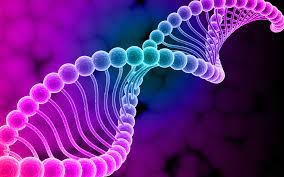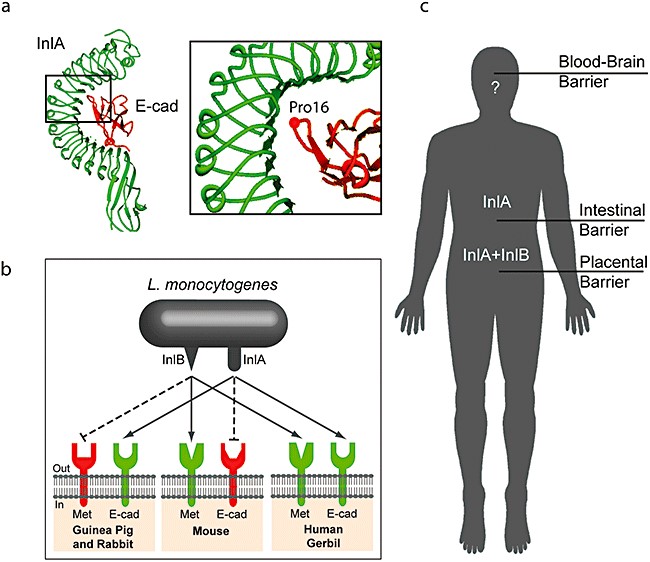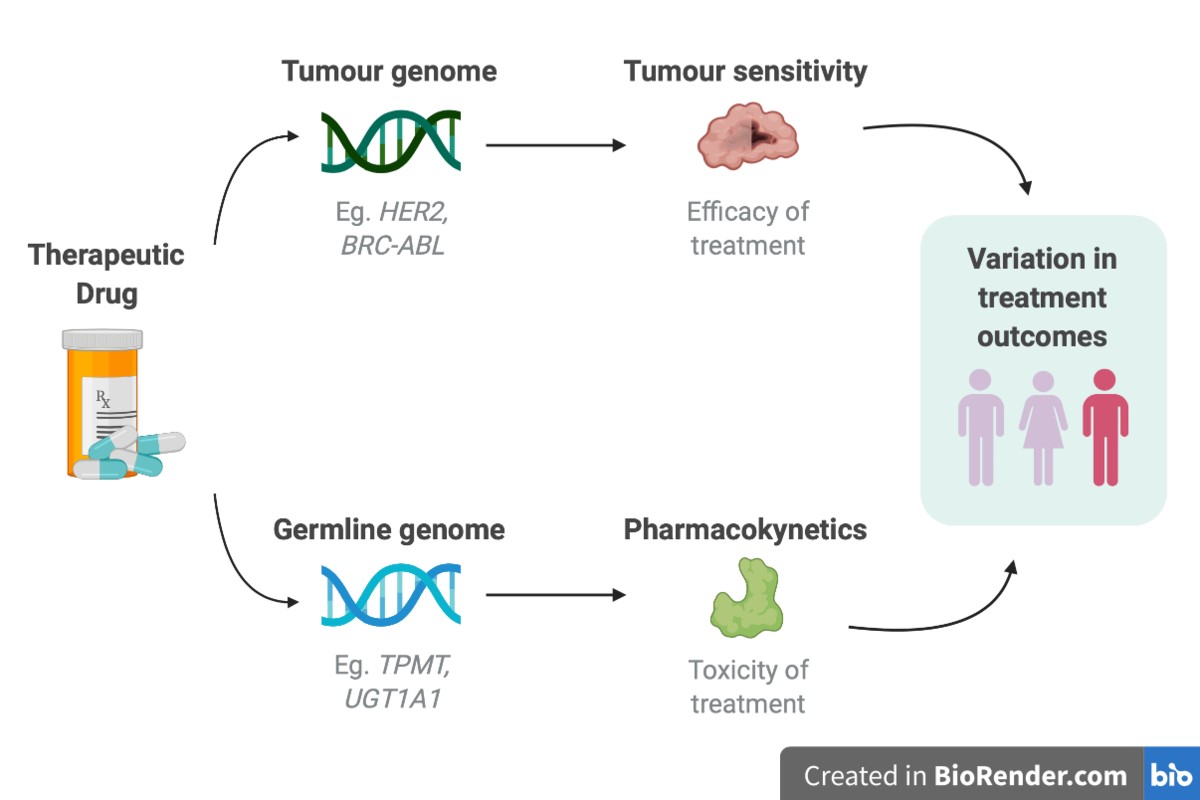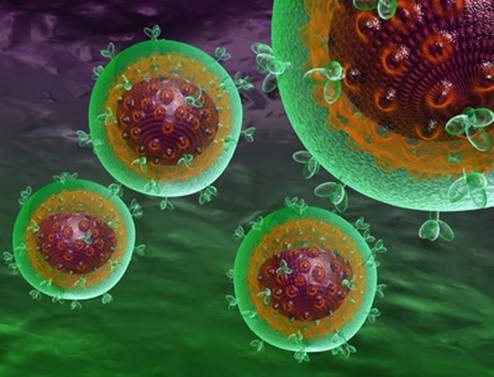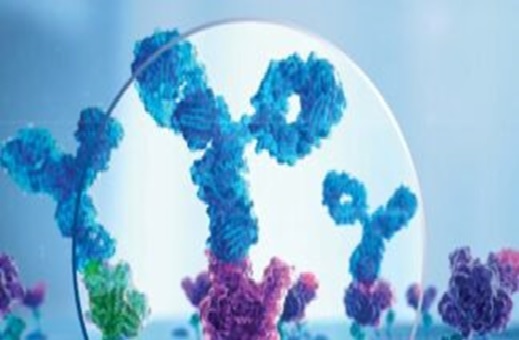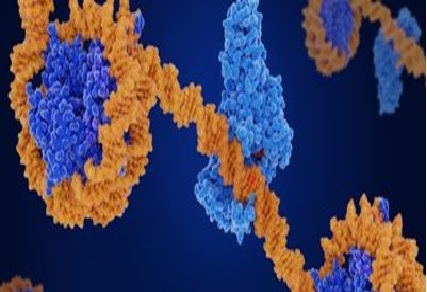Searching For the Next Motor Neuron Disease Breakthrough
The field of gene therapy has transformed the once-fictional concept of human DNA modification into a tangible reality. Through significant advancements, researchers have achieved remarkable breakthroughs in the treatment of inherited diseases by manipulating defective genetic material within cells. In the case of spinal muscular atrophy (SMA), a progressive motor neuron disease, the development of gene therapies that can directly edit DNA holds promise for correcting an evolutionary genetic error associated with the condition. This progress opens up new possibilities for addressing and potentially curing genetic disorders through precise DNA modifications.
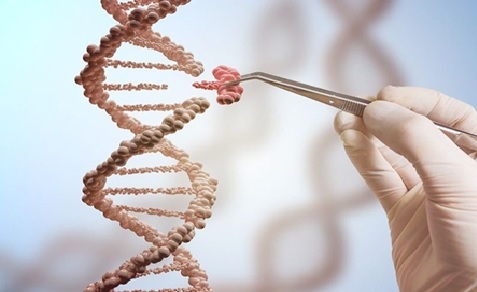
Figure .1 Searching for the Next Motor Neuron Disease Breakthrough
Figure 1 shows Mutations in the SMN1 gene cause spinal muscular atrophy (SMA), a condition characterized by muscle wasting, weakness, and respiratory insufficiency in infancy. SMA is a leading genetic cause of infant mortality. Current treatments for SMA aim to increase SMN protein levels by targeting SMN1 or SMN2 genes. However, these therapies require repeated administration and only partially restore normal SMN protein levels. Despite the benefits of existing treatments, there is a need for a one-time permanent solution. David Liu, a Harvard University professor specializing in gene editing, believes that gene editing approaches could offer a more definitive and long-lasting treatment for SMA, improving motor function and prognosis for patients.
Using a Genetic Accident as a Drug Target
Liu's research team developed such a treatment in-depth in a paper that was published in Science.3 His group studied 79 editing techniques to more effectively raise SMN levels in cells, and they developed the most successful one into a SMA animal model. Liu praised Mandana Arbab and Zaneta Matuszek, the two students who shared leadership of the project, for their "extremely diligent and astute leadership." I absolutely appreciate how they adopted the "let's throw everything we can at this problem" strategy.[1]
Researchers have developed an effective strategy using CRISPR-based base editing to target and modify the SMN2 gene, a defective copy of SMN1, in spinal muscular atrophy (SMA). By converting SMN2 to SMN1, the researchers were able to restore normal SMN protein levels in cultured cells. In SMA mice, a single dose of the base editor components delivered using an adeno-associated virus (AAV) system improved motor function and extended lifespan. However, the therapeutic window for treatment was short, and the researchers noted that the timing of delivery was crucial for optimal results. Further refinements are needed to address the quick progression of SMA in mice and achieve better outcomes.
To extend the therapeutic window in the mouse model of SMA, Liu's team combined their base editing strategy with nusinersen, a breakthrough SMA therapeutic that improves survival and motor function. By pairing the two treatments, the base editor had more time to act, resulting in significantly enhanced survival. The average lifespan increased to 111 days compared to 17 days in untreated mice and 28 days in mice treated with nusinersen alone. This combination approach shows promising results for improving outcomes in SMA and highlights the potential synergistic effects of combining different therapeutic approaches.
Genetic Heroes: CRISPR's Powerful Alternative to Correct Mutations Sensitizing Cells to DNA Damage
Gene editing offers the potential to bypass the repetitive process of delivering nusinersen treatment through spinal injections for spinal muscular atrophy (SMA) patients. This advancement has been recognized as a significant step forward in the field, with SMA serving as a valuable disease for testing various therapeutic platforms. Charlotte Sumner, a professor at Johns Hopkins University, who was not involved in the study, expressed excitement about the latest example of using gene editing to alter RNA or DNA as a therapeutic approach for SMA.
References:
- https://www.the-scientist.com/news/on-the-hunt-for-the-next-breakthrough-in-motor-neuron-disease-71099
Cite this article:
Janani R (2023),Searching for the Next Motor Neuron Disease Breakthrough, AnaTechMaz, pp.180


